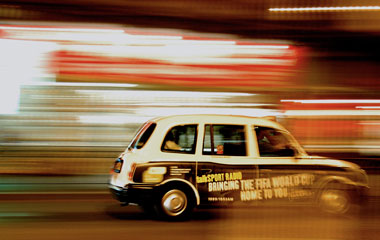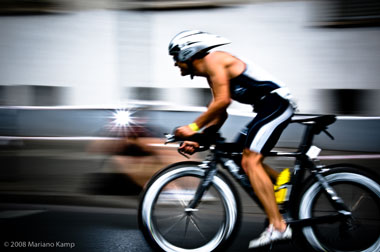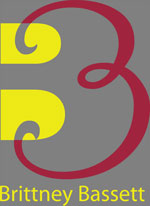


Panning is a technique that can produce great results, but is also one that can take a lot of practice to get right.
The basic idea behind panning as a technique is that you pan your camera along in time with the moving subject and end up getting a relatively sharp subject but a blurred background.
This gives the shot a feeling of movement and speed. It’s particularly useful in capturing any fast moving subject whether it be a racing car, running pet, cyclist etc.
Panning works best with moving subjects that are on a relatively straight trajectory which allows you to predict where they’ll be moving to.
Read more: www.digital-photography-school.com
The basic idea behind panning as a technique is that you pan your camera along in time with the moving subject and end up getting a relatively sharp subject but a blurred background.
This gives the shot a feeling of movement and speed. It’s particularly useful in capturing any fast moving subject whether it be a racing car, running pet, cyclist etc.
Panning works best with moving subjects that are on a relatively straight trajectory which allows you to predict where they’ll be moving to.
- Select a slightly slower shutter speed than you normally would. Depending upon the light and the speed of your subject you could end up using anything between 1/60 and 1/8 –
- If you go toward the slower end, you’ll probably end up with camera shake on top of your motion blur.
- Position yourself in a place where your view of the subject will not be obstructed by anyone or anything else. Also, pay attention to what would be blurred in the background.
- As the subject approaches, press the shutter button, and track it smoothly with your camera.
- For best results you’ll probably find that setting yourself up so that you’re parallel to the path of your object (this will help with focussing)
- You will need pre-focus your camera upon the spot that you’ll end up releasing the shutter, which means TAKE IT OFF AUTO FOCUS!
- Once you’ve released the shutter (do it as gently as possible to reduce camera shake) continue to pan with the subject, even after you’ve heard the shot is complete. This smooth follow through will ensure the motion blur is smooth from start to finish in your shot.
How To:
Read more: www.digital-photography-school.com

